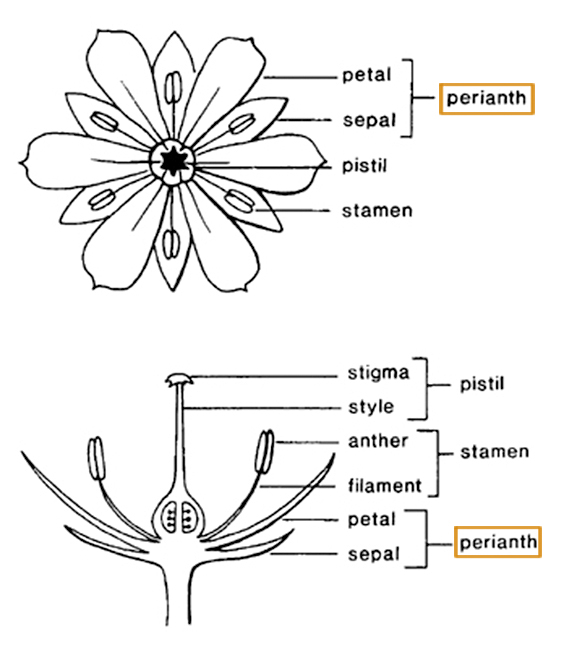Ceratophyllum L.
hornwort, coontail
Ceratophyllaceae
Aldrovanda, Cabomba, Chara, Hippuris, Hydrotriche, Myriophyllum
cosmopolitancosmopolitan:
(adj) essentially worldwide in distribution
Ceratophyllum demersum L.
C. submersum L.
difficult to ascertain
sometimes troublesome in lakes and rivers (rarely a persistentpersistent:
(adj) (of leaves etc,) remaining attached; not being dropped or falling off
problem)
submersedsubmersed:
see submerged
, rootless, highly branching stem plantstem plant:
(n) (a term used in the aquarium and pond plant trade) having an elongate stem (as opposed to a compact stem)
Perennial. Shoots often brittle; shoot apices sometimes modified as resting stage 'rhizoids.' Leaves arranged in evenly spaced whorls of 6-12, more densely spaced and usually curved upwards towards growing tip, sessilesessile:
(adj) attached directly, without a stalk
 , dichotomously dissecteddissected:
, dichotomously dissecteddissected:
(adj) (of leaves) +/- deeply divided, cut, or lobed, including being compound
into filiformfiliform:
(adj) thread-like; long and thin
segments, dissection branching pattern variable; marginmargin:
(n) edge; rim
with minute serrations or teeth. Inflorescenceinflorescence:
(n) the arrangement of flowers on the floral axis
 small, axillaryaxillary:
small, axillaryaxillary:
(adj) in, of, or produced from an axil
, solitary or grouped, sessilesessile:
(adj) attached directly, without a stalk
 or shortly pedicellatepedicellate:
or shortly pedicellatepedicellate:
(adj) borne on a pedicel
. Flowers unisexualunisexual:
(adj) (of a flower) with either stamens (male) or pistils (female) but not both; consisting of only male or female flowers
, with male and female flowers on different leaf nodes; perianthperianth:
(n) collective term for the calyx and corolla of a flower; also used for floral whorl(s) in which the calyx and corolla cannot be resolved; any of the leaves or bracts surrounding the sex organs of bryophytes
 of 8-12 segments. Dispersal by seed, 'rhizoids' or stem fragments.
of 8-12 segments. Dispersal by seed, 'rhizoids' or stem fragments.
still water of lakes, rivers, ponds, and swamps
Ceratophyllum contains at least four highly variable species. This variability has led to numerous species, subspecies, and varieties being erected from different geographic regions. Ceratophyllum often remains persistentpersistent:
(adj) (of leaves etc,) remaining attached; not being dropped or falling off
in water bodies in the presence of highly invasive weeds that may have displaced other native species. It may undergo an annual cycle of sinking and partial decay of old stems in winter, and then rising to just below surface in spring as new growth starts.